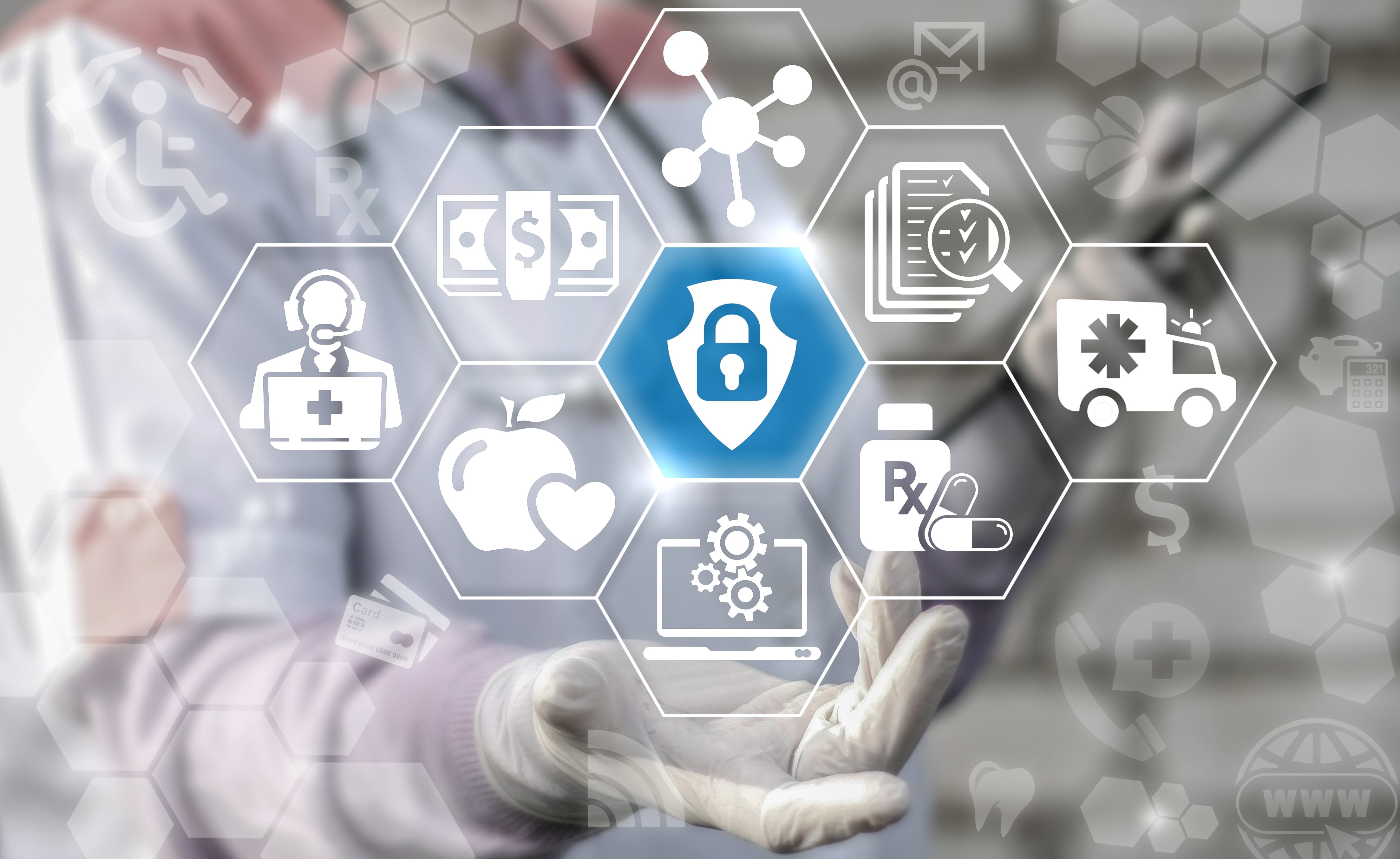Industry Update: What to Know About Recent Changes in HIM
You see it all around you—constant change. In an economy that’s powered by information technology, we ride the waves of change in everything we do. When it comes to the field of health information management (HIM), change is even more pronounced. With HIM, you’re surrounded by a constantly evolving landscape that’s advancing in exciting ways to better meet the needs of patients by improving the ways we manage their healthcare information. Here we’ll explore the important new trends that are shaping HIM now and in the immediate future.
Top Health Information Management Trends
While a number of forces are currently at work in the field, here are the top five to know:
1. Burnout is Becoming a Bigger Issue
You’ve heard it all before, but burnout continues to plague the industry. As we move in and out of pandemic outbreaks and grapple with the new realities of increased telehealth appointments, new regulations, growing cyber threats, and other challenges, burnout is real, and the ensuing labor shortages, high staff turnover, lower morale impact your bottom line in a real way too.
You can address this trend with several proven methods, including implementing automation when it makes sense, adding more wearables to relieve healthcare professionals’ workload, and adopting technology like document management software (DMS) to increase efficiency throughout the department.
2. Cybersecurity Risks Continue Their Threatening Trek
The stats are scary. In 2021, The US Federal Bureau of Investigation reported that over 40 million patients’ healthcare records were compromised that year. Healthcare facilities suffered an average of 626 weekly cyber attacks per organization. Additionally, sixteen percent of healthcare facilities dealt with some type of ransomware or cyberattack, according to a recent MGMA Stat poll. Both small and large businesses are affected, and patients everywhere are at risk.
Those numbers are rising. And so are the costs. IBM tells us that in 2021, the average loss of the “costliest breach” in healthcare IT was $9.23 million, a staggering number that made healthcare the most affected industry, well above the average of $4.24 million across the seventeen industries studied across seventeen countries. What’s worse, it takes companies an average of 287 days to discover and remedy a breach, eroding patient trust considerably and possibly subjecting their health to real harm.
An ounce of prevention is worth far more than a pound of cure when it comes to preventing data breaches in the healthcare world. To mitigate risks, experts suggest reviewing older EHR systems to ensure that they are up to date and assessing on-premise servers as well. To heighten security further, healthcare facilities can migrate to cloud-based EHRs/EMRs, which have stronger security features.
The risk of attack extends beyond healthcare offices with the expanding Internet of Medical Things (IoMT). Cybersecurity is critical as more people rely on wearable devices (more on that next) that are vulnerable to attacks. New artificial intelligence (AI) models can mitigate this risk by decreasing the need for patient information while still accurately analyzing it. By taking these steps to stay ahead of cyber perpetrators, HIM teams can more effectively protect patient information.
3. Wearable Devices Bring the Importance of Security Home
As more information filters in from wearable devices, managing their security is increasingly important. Data that’s transmitted over home internet services can lack the security credentials required by healthcare facilities, inviting cyber breaches that can be both financially and physically devastating. For instance, insulin pumps or other devices that administer important medications could be impacted by an attack, and that could have devastating consequences. On the cyber front, protecting patient privacy for compliance is also vital. HIM teams must be selective when recommending wearables—and monitor them closely—for all of these security reasons.
4. Big Data and Analytics Get Bigger
Aligned with the wearable trend is another trend that’s continuing this year—the perpetual harnessing of big data and the use of analytics. Projected to save the healthcare industry at least $150 billion by 2025, AI technology is a game changer. As it relates to HIM, this technology has the power to help merge patient-generated data with academic research to help build personalized treatment options and use clinical documentation improvement (CDI) to help both physicians and coders reduce burn-out.
By leveraging Big Data technology, providers can also avoid time-consuming spreadsheets and manual operations that are ripe for inaccuracy. Instead, they can harness real-time analytics to gather insights that help advance patient care across all facets of the business.
5. HIPAA and the 21st Century Cures Arrive
While the Health Insurance Portability and Accountability Act of 1996 (HIPAA) was started 26 years ago, it continues to exert a profound effect on the state of HIM. It’s now joined by the Cures Act, which was signed into law in 2016. As you’re aware, HIPAA laws prevent disclosure of patient’s information without their knowledge or consent; the Cures Act covers access and information for patients and providers, with an objective to increase interoperability. As we move forward with these two laws in place, it makes sense to check facility policies to ensure that they align with the laws and also with each other, since meeting both privacy and information needs can sometimes result in contradictory goals. It’s also important to ensure all communication with patients is clear and transparent.
Related: 4 Major Healthcare Information Management Challenges (and What to Do About Them)
These are the top five trends in health information management to keep an eye on right now. While many of the trends seem like challenges, they are also full of opportunities that not only improve the patient experience, but improve your healthcare facility as a whole, making it a better place to work and enjoy. At DigiDoc, we provide the software that can help you address many of these issues, including keeping automating paperwork to address staff shortages, ensuring your data stays secure, keeping data compliant with HIPAA and Cures, and providing a cloud-based forms storage solution that saves you time, money, and headaches.
Learn how you can use DigiDoc to turn these top trends into real returns.

Related Articles

Six Major Health Information Management Challenges: How Document Management Software Can Help
Sep 10, 2024
Managing health information is never an easy task, no matter the size of your healthcare organization. Data can quickly pile up, and whether you’re st...

Tools You Need to Scale Your Healthcare Facility
Apr 19, 2024
The healthcare industry is constantly changing, and as practices grow both organically and through acquisitions, it can be challenging to keep up with...


